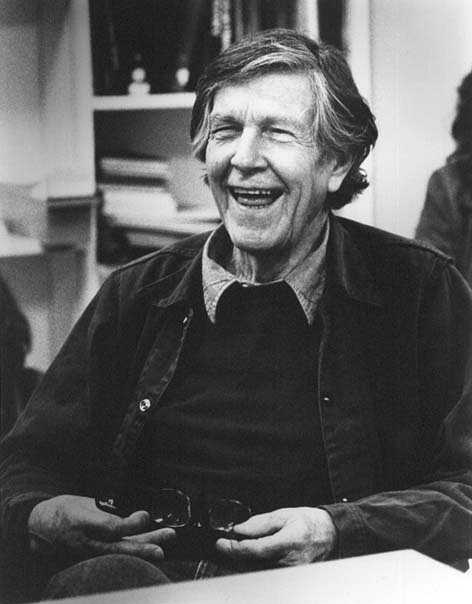|
Introduction of the artist:

John CAGE (USA)
Born in 1912 in Los Angeles, USA. Died in 1992 in New York City, USA.
Composer, music theorist, writer, and artist.
Introduction of works:
John Cage (1912 – 1992) was one of the most influential artists of the
twentieth century. A pioneer of indeterminacy in music, electroacoustic music,
and non-standard use of musical instruments, he is best known for his 1952
composition 4ӧ33ӧ, a distillation of years of working with found sound, noise,
and alternative instruments. Essentially an absence of deliberate sound,
musicians who perform the work do nothing except be present for the duration
specified by the title. The content of the composition is not "four minutes and
33 seconds of silence," as is oiften assumed, but rather the sounds of the
environment heard by the audience during performance.
4’33” is a wonderfully simple, radical challenge to assumed definitions of
musicianship and musical experience, both in musicology and the broader
aesthetics of art and performance. It exemplifies the fundamental proposition of
Cage’s work overall, as he explained: “There is no such thing as an empty space
or an empty time. There is always something to see, something to hear. In fact,
try as we may to make a silence, we cannot. Sounds occur whether intended or
not; the psychological turning in direction of those not intended seems at first
to be a giving up of everything that belongs to humanity. But one must see that
humanity and nature, not separate, are in this world together, that nothing was
lost when everything was given away.”
| 
